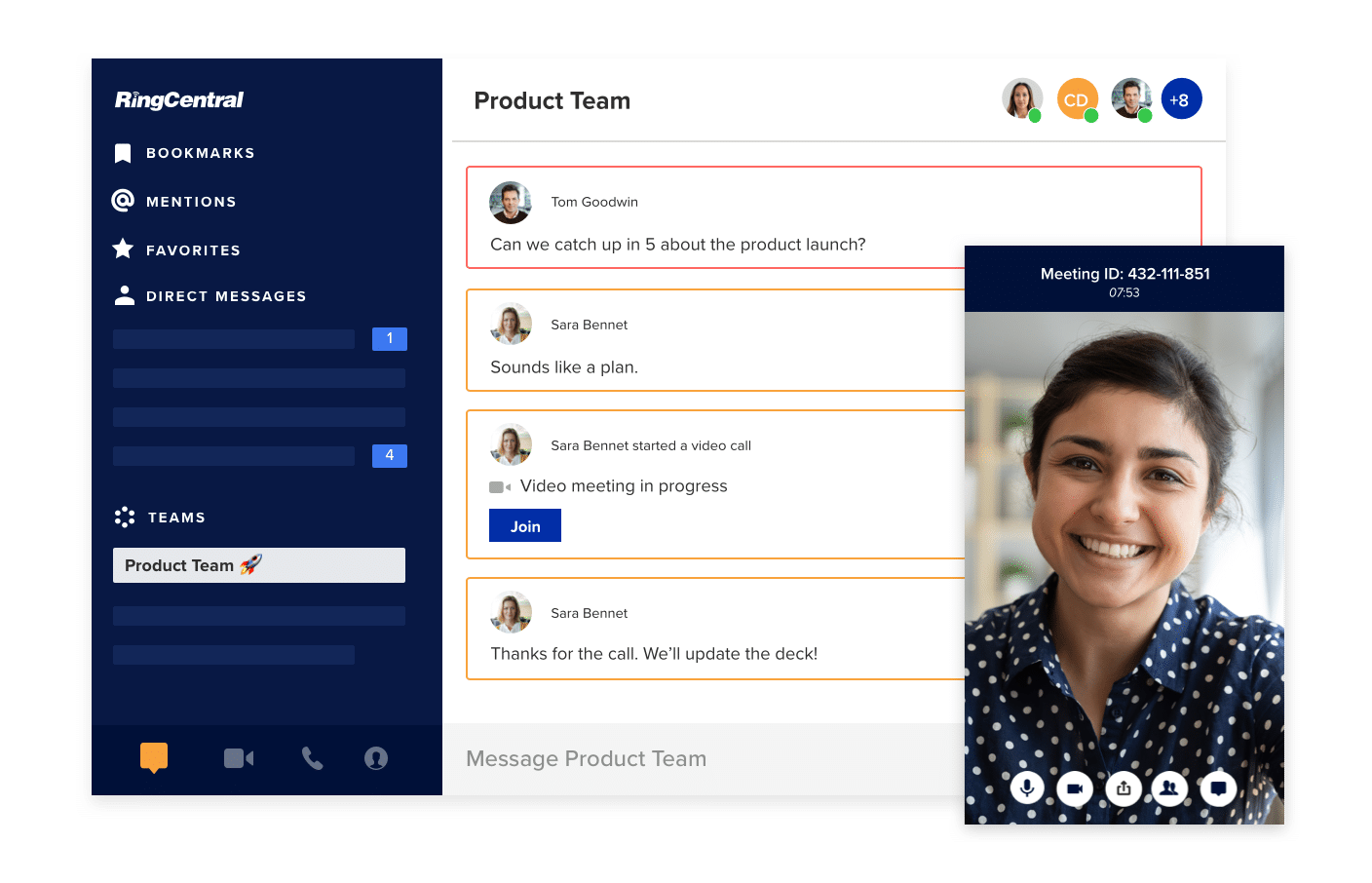What can you learn in this blog? Check the video preview to find out:
Between the years of 2020 and 2027, Grandview Research predicts a growth rate of 9.9% for video conferencing. This rapid growth is driven by a number of crucial factors. Increased demand for fewer in-person meetings, coupled with a greater demand for remote working, has been a massive driver of video conferencing adoption in private and public sector organisations alike.
However, there’s more to video conferencing than most people realise. Beyond offering an engaging method of collaboration, video also helps transform business processes such as hiring and training.
From a recruitment perspective, video conferencing tools offer a quick and convenient way to screen candidates without relying on in-person conversations. Rather than asking people to physically move to a meeting room to talk about their skills in a physical environment, recruiters can do everything over video. When businesses can replace physical proximity with connection over video, this opens up wide new opportunities in the search for talent acquisition.
One of the many benefits of remote working is that proximity to a local office is no longer a requirement. For employees, this means they can finally avoid the rush-hour commute. With various sources putting the London commute at between 54 and 74 minutes one-way, this could save some people up to 148 minutes of travelling time per day, which adds up to 740 minutes (over 12 hours) a week – a staggering amount of unpaid life to get back. For employers, meanwhile, the talent pool isn’t limited to within the commutable radius from an office, meaning recruiters can focus on finding candidates with the ideal skill set and personality type for the job, regardless of where in the world they might be located.
In the world of commercial recruitment, using video can introduce the kind of turnaround speed that makes the difference between securing a candidate and missing out on that commission. Video offers recruiters tremendous agility in their communications between clients and candidates, saving time and money in the matching process.

How video transforms the hiring process
Today, businesses everywhere are already discovering the value of video. With the right conferencing tools, remote and distance employees can work productively with in-office team members. Clients can provide more context into issues when asking for customer support. Video even provides better training and demo experiences too.
Using video conferencing in the recruitment environment means employers across a variety of sectors can recruit employees, onboard them, and increase their chances of retention through training, support and engagement initiatives. Here are just some of the ways that HR teams can use video conferencing today:
- Pre-screening candidates: A video call is a much more convenient way to pre-screen an expert and determine whether they should move to the next stage of the interview. Unlike a phone call, video meetings allow for more intimate, face-to-face interactions, where people can get a feel for how someone might fit into a group environment.
- Interviews and tests: With the right video conferencing tools, HR teams and candidates can easily share screens, files, and video at the same time. This allows for a more informative and engaging conversation about future job opportunities. Hiring professionals can also provide links to digital tests to assess a candidate’s skills.
- Onboarding: Video also plays a valuable part in the onboarding process. Teams can ensure that in-office employees have all the tools they need to jump into their role before they visit the office – if they ever do. Video provides a convenient and engaging way to onboard global and remote workers through the use of prerecorded training sessions to group calls to real-time exercises and walkthroughs.
Is video the future of interviewing?
Reports suggest 68% of HR experts believe live video interviewing is crucial to their hiring process. With online meeting technology, hiring professionals can create audio and video recordings of interviews that are ideal for note-taking and decision-making at a later stage.
Recruiters can record conversations and share videos with colleagues who weren’t able to attend the meeting but need to weigh in on hiring decisions, allowing for a more inclusive and accurate decision-making process. Transcribed and recorded meetings may also play a part in training future HR staff.
As the demand for digital working environments continues to grow, offering video interviews will help businesses attract and retain more employees. Showing you have the capacity to let employees “dial in” to work environments over the internet indicates that you run a more flexible working environment. This kind of consideration of employees’ need for better work/life balance is crucial for employers to compete in the search for talent as the world of work is remade in a more humanist fashion. Flexible working practices are no longer regarded as an attractive perk of a job, or as a ‘nice to have’. Whereas enabling remote and flexible working was a lower priority for businesses pre-pandemic, it is now a key consideration for all companies wishing to compete in the coming years.
The age of video is here, and it doesn’t just apply to collaboration.
Originally published Sep 15, 2020, updated Jan 17, 2023
